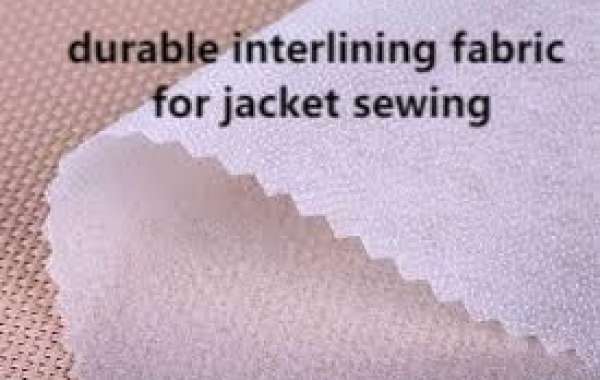In the textile industry, Interlining plays a silent but powerful role in garment construction. Found between outer fabrics and linings, interlining enhances the structure, strength, and overall quality of clothing. While often hidden, its influence is visible in everything from sharp suit collars to crisp shirt cuffs. The use of innovative materials and manufacturing techniques has taken this textile component beyond mere support—turning it into a pivotal part of modern fashion engineering.
The Role of Structure in Tailoring
From formal blazers to uniforms, achieving the desired silhouette often depends on a layer that isn’t seen. This invisible layer provides structure to soft fabrics and supports key areas such as lapels, waistbands, and button plackets. The right material offers reinforcement without adding excessive weight or stiffness, maintaining comfort while enhancing form. This is particularly valuable in high-end fashion where garment architecture must align with aesthetic finesse.
Enhancing Durability and Wearability
Apart from shaping garments, the inner layer serves as a shield that reduces friction between outer fabric and inner lining. This contributes to the durability of clothing, especially in areas subject to frequent movement or strain. It also adds wrinkle resistance and improves the longevity of the garment, making it ideal for workwear and frequently laundered clothing.
Compatibility with a Range of Fabrics
One of the strengths of this layer lies in its adaptability. Whether used with cotton, wool, polyester, or blends, it comes in a range of weights and finishes to suit different needs. Adhesive and non-adhesive types offer flexibility for both machine-based and manual tailoring. Seamless integration with various fabrics allows designers and manufacturers to meet the diverse expectations of end users without compromising fabric performance.
Trends Driving Sustainable Material Use
With increased attention to environmental impact, manufacturers are adopting recyclable and biodegradable materials. This shift supports brands seeking sustainable certifications and appeals to eco-conscious consumers. Innovation in this area includes using plant-based resins and water-soluble adhesives, reducing both ecological impact and production waste. These developments are positioning inner layers as not only functional components but also contributors to sustainability in fashion.
Importance in Large-Scale Production
In mass garment production, consistency is key. This component helps standardize product quality, reduce defects, and streamline manufacturing. With automation and advanced bonding technologies, manufacturers can produce garments at scale while maintaining the structural integrity required for different clothing lines—from luxury apparel to corporate uniforms. It is a cornerstone for reliability and efficiency in global apparel manufacturing.To explore different types and applications of this essential material, visit:
https://www.interlining-factory.com/news/what-is-interlining-types-applications-and-more.html








